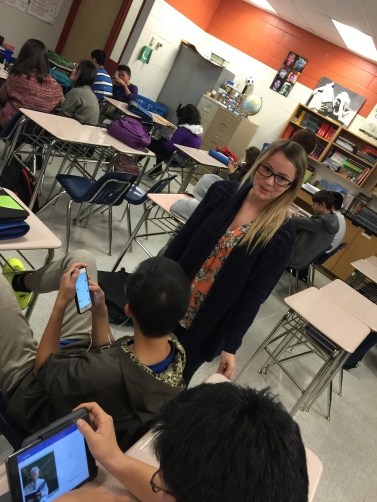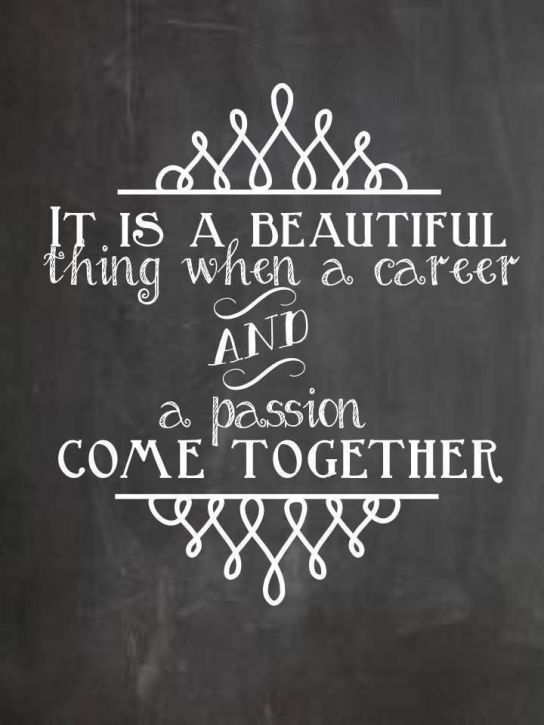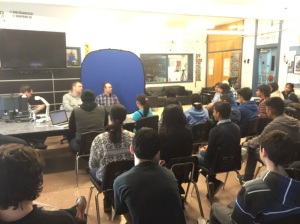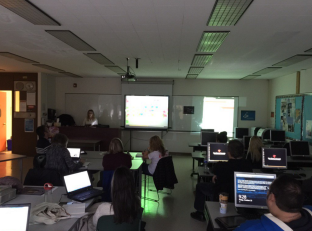As I reach my last couple of weeks in the Red River College Teacher Education program I find myself reminiscing on all the things that I have learnt and experienced within the past two years. When I entered into this program two years ago I didn’t know what to expect. After taking four years of study at the university to obtain my first degree, I was very much used to lecture and theory based courses. Little did I know that RRC’s teacher education program was going to turn my life upside down… in a good way.
I was faced head-on with real, hands-on, active, authentic, project-based learning. And not only that, but I learnt how to effectively teach this way too. I was introduced to a number of teaching methods, technologies, professional learning networks, professional development opportunities, and projects that I am so grateful I was able to be a part of.
I can confidently say that if I did not enter this program, I would not be anywhere near as prepared to enter into the teaching field as I am today. I feel confident, motivated, and even curious to begin my journey as an educator.
Something that I will take away from this experience is to constantly share my knowledge, not only with students, but with my colleagues as well. I feel very grateful that I had the opportunity to have great professors who taught me how to incorporate current and relevant teaching practices, along with the infusion of technology in a purposeful manner into our education system. But not every pre-service teacher gets this opportunity. I know I will be working with educators who might need assistance in areas of technology that I had to privilege to learn, and I will continue my learning and sharing with others.
Thank you to the Red River College Teacher Education program for not only teaching me how to become a great teacher, but for giving me some of the best memories of my life. I will forever recommend this program to any individual with a passion for education. 


 I believe my greatest strength to infuse technology is my ability to think creatively and find great resources quickly to suite whatever topic is being explored in the classroom. I can locate an application and figure out how to use it proficiently in a short period of time. Additionally, I believe another strength of mine is the ability to adapt quickly to any situations that might impede the use of technology. Many teachers get scared and frustrated when things do not work out and simply just drop the use of the technology in their lesson all together, but there is always a way around it. It’s important to be able to think quickly and critically to fix the situation and to be able to still offer your students the great learning experience you had planned for them.
I believe my greatest strength to infuse technology is my ability to think creatively and find great resources quickly to suite whatever topic is being explored in the classroom. I can locate an application and figure out how to use it proficiently in a short period of time. Additionally, I believe another strength of mine is the ability to adapt quickly to any situations that might impede the use of technology. Many teachers get scared and frustrated when things do not work out and simply just drop the use of the technology in their lesson all together, but there is always a way around it. It’s important to be able to think quickly and critically to fix the situation and to be able to still offer your students the great learning experience you had planned for them.
